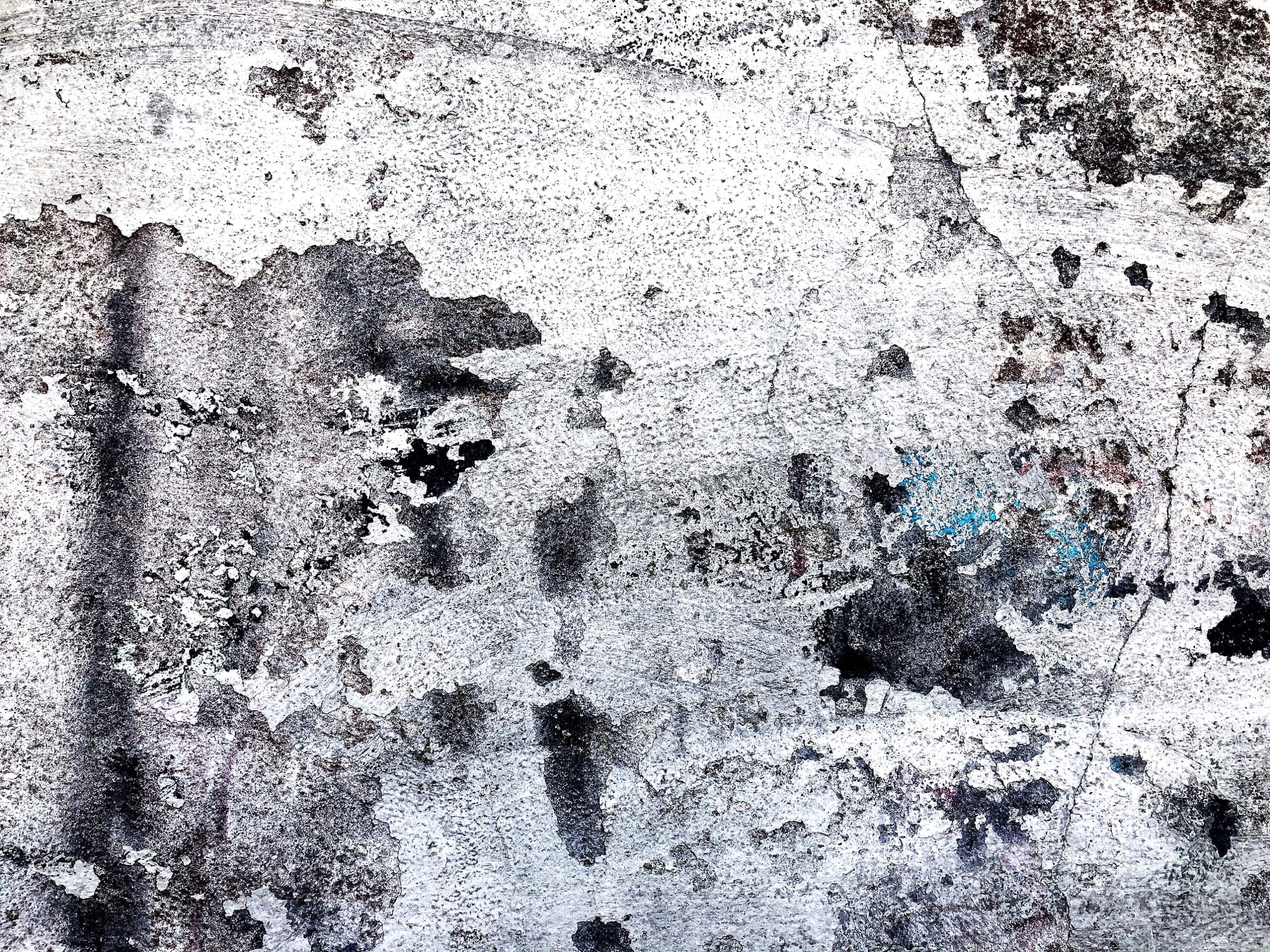Die Erfindung der Abstraktion
Die Erfindung der Abstraktion vollzieht sich im absichtsvollen Unverständnis des Unterschieds zwischen den Dingen und den Ideen der Dinge. Es erlaubt ein tiefes Verständnis für Wiederholung, Konzentration und die eingehende Wahrhehmung des immer Gleichen: Kompositionen für die Ichigenkin, Drones und Clicks, die Formung eines Astes über Jahre. Die Fähigkeit, in jeder Sache nicht die Sache in Relation zu anderen Sachen, sondern ihr absolutes Ideal zu sehen.
My obsession with language and writing is closely connected to their inherent abstraction, their quiet distance to the things themselves. The subjects of language are not the things themselves, the subjects of language are vectors, pointing to possible common denominators. Between and throughout these vectors lies the great freedom that defines my life: The endless contingency of everything, the option that the universe could be different if you so choose.
We live in a world of references, not in a world of things. At the same time, things are of the utmost importance as the crystallization points that keep our thoughts and words in order: the thing does not matter in absolute terms, but it matters as the endpoint of the vector of language. We cannot talk about anything, we have to establish a relation to the thing, no matter how idiosyncratic and winding: Our freedom remains ordered. It is free from chaos and free from one-dimensionality. This is tremendously calming.
Ich sehe Hokoku-ji und ich verstehe alle Komponenten des Gartens genau, mir sind die Bedingungen seines Entstehens bewusst. Die Schönheit trifft mich ungebremst, ich kann sie nicht fassen, sie übersteigt meine Kapazität. Die Gesamtheit des menschlichen Verständnisses, das über Jahrhunderte konzentriert notwendig gewesen ist, um diesen Ort hervorzubringen: Zeit, Zurückhaltung, Abstraktionsvermögen, Konzentration, Eigensinnigkeit. Dieser Garten ist eine Aussage über die Welt: Hier, alles. Nichts ist jemals egal.
